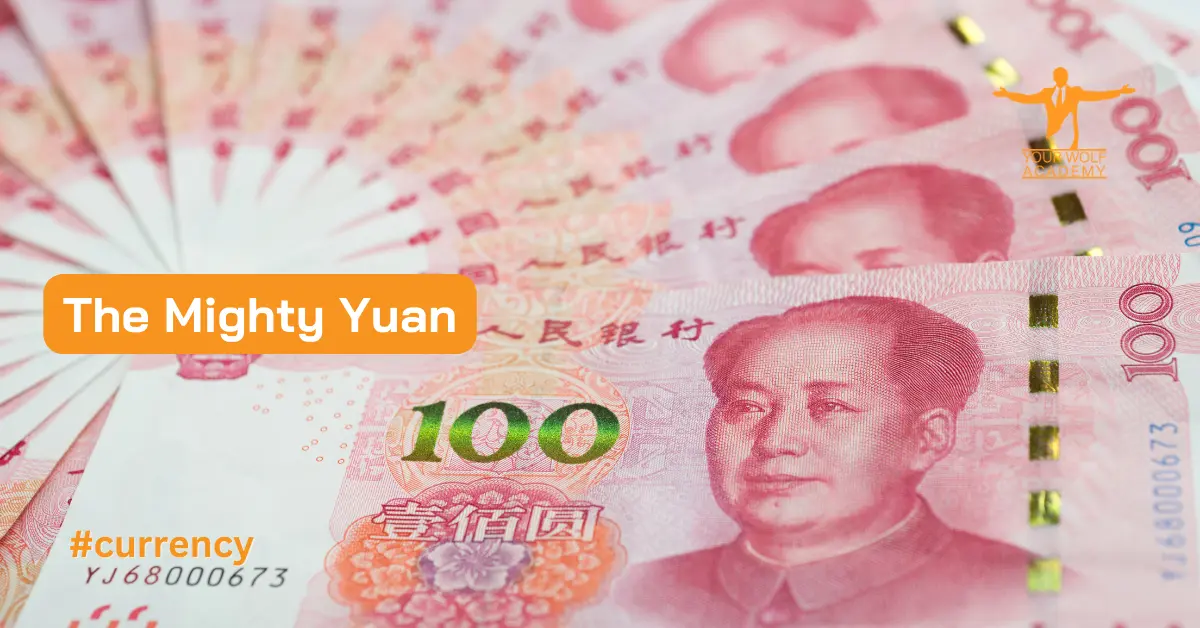- Understanding Yuan: Definition and Origin
- Historical Significance of the Yuan
- The Yuan’s Value in International Trade
- Yuan’s Role in the Global Economy
- Market Share and Competing Currencies
- The Yuan’s Impact on China’s Economic Growth
- Pros and Cons of the Yuan’s Globalization
- Challenges and Risks in Yuan Internationalization
- Government Initiatives to Promote the Yuan
- Yuan’s Potential Reserve Currency Status
- How Yuan’s Globalization Affects Other Currencies
- Forecasting the Future of the Yuan
- FAQs
In recent decades, the rise of China as a global economic powerhouse has brought its currency, the Yuan, into the spotlight. With China’s growing importance in international trade and finance, understanding the Yuan’s significance, history, value, and market share has become crucial.
This article delves into the world of the Yuan, exploring its journey from its historical roots to its current position as a major player in the global currency market.
Understanding Yuan: Definition and Origin
The Yuan, denoted by CNY or RMB (Renminbi), is the official currency of the People’s Republic of China. Its name “Yuan” translates to “round” or “circle,” signifying harmony and unity. The currency originated centuries ago during the Ming Dynasty, but the modern Yuan was established in 1948.
Historical Significance of the Yuan
The Yuan has a rich history that spans over thousands of years. It has been through various dynasties and socio-political changes, each leaving its mark on the currency’s evolution. Understanding this history helps comprehend the values and principles embedded within the Yuan’s monetary system.

The Yuan’s Value in International Trade
China’s emergence as a global manufacturing and trading hub has led to an increased demand for the Yuan in international transactions. The Yuan’s value directly impacts China’s trade surplus and its ability to compete in the global market.
Yuan’s Role in the Global Economy
As the world’s second-largest economy, China wields substantial influence on the global stage. The Yuan’s internationalization has given rise to debates about its potential to challenge the supremacy of the US Dollar and the Euro in the global financial system.
Market Share and Competing Currencies
The Yuan faces competition from established reserve currencies and aspiring contenders. Analyzing the Yuan’s market share and its position among other currencies helps in predicting its future trajectory.

The Yuan’s Impact on China’s Economic Growth
The internationalization of the Yuan has significant implications for China’s domestic economy. It affects various economic aspects, including foreign investment, monetary policies, and capital flows.
Pros and Cons of the Yuan’s Globalization
The Yuan’s globalization presents both opportunities and challenges. Examining its advantages and disadvantages sheds light on the complexities involved in integrating a national currency into the global financial system.
Challenges and Risks in Yuan Internationalization
The path to internationalization is fraught with challenges and risks. Understanding these obstacles can offer insights into the measures China and other stakeholders are taking to mitigate potential drawbacks.
Government Initiatives to Promote the Yuan
The Chinese government has taken strategic steps to promote the Yuan’s internationalization actively. These initiatives include policy changes, bilateral agreements, and the establishment of offshore Yuan clearing centers.
Yuan’s Potential Reserve Currency Status
The ultimate goal of Yuan internationalization is to attain reserve currency status. Delving into the requirements and benefits of such a status provides a glimpse into the future role of the Yuan in global finance.
How Yuan’s Globalization Affects Other Currencies
The rise of the Yuan inevitably affects the dynamics of other currencies, particularly those in the Asian region. Exploring these ripple effects gives a comprehensive picture of the changing currency landscape.
Forecasting the Future of the Yuan
Predicting the Yuan’s future trajectory involves analyzing economic indicators, geopolitical developments, and global financial trends. A glimpse into what the future holds for the Yuan completes the picture of its significance in the world.

Conclusion
The Yuan’s journey from a domestic currency to a global player is a testament to China’s economic prowess and ambition. As the Yuan continues to strengthen its position in the international arena, the world watches with anticipation to see how it shapes the global financial landscape.
FAQs
Q1. Is the Yuan fully convertible?
A1. No, the Yuan is not fully convertible. While China has been gradually easing restrictions, it still maintains capital controls to manage its currency’s internationalization.
Q2. How does the Yuan impact international investments in China?
A2. The Yuan’s internationalization has made it easier for foreign investors to access Chinese markets and invest directly in Yuan-denominated assets.
Q3. Can the Yuan replace the US Dollar as the world’s primary reserve currency?
A3. While the Yuan’s internationalization is progressing, the US Dollar’s dominance as the primary reserve currency remains unchallenged for now.
Q4. How does the Yuan’s value affect China’s export-driven economy?
A4. A stronger Yuan makes Chinese exports relatively more expensive, potentially impacting the country’s export competitiveness.
Q5. How has the trade war with the US influenced the Yuan’s internationalization?
A5. The trade war between the US and China has added complexities to the Yuan’s internationalization, with both positive and negative effects on its global acceptance.


